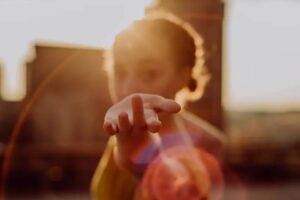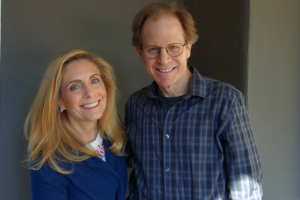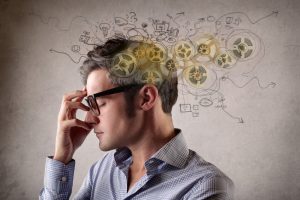VIDEO: Attuned Attachment and Healthy Attachment
In her interview with PsychAlive Senior Editor Lisa Firestone, Dr. Donna Rockwell talks about the difference between attuned or healthy attachment and the negative types of attachment Buddhism often refers to.
You know, you’re absolutely right. So often a lot of the words that are used have a meaning in Sanskrit or in the Tibetan culture or any culture that mindfulness has come from. And when you’re talking about psychodynamic theories or Winnicott’s theories and you’re talking about attachment and that’s a healthy thing, you know. There’s attuned attachment but there’s also anxious attachment, so, you know, attachment isn’t great across the board. It’s how we attach.
So really, what’s probably true is this healthy attachment between parent and child, between child and parent is actually a mindful attachment. It’s being present in the moment and creating an attachment that would flower from this presence of being with. So that’s interesting.
The idea of attachment in Buddhist psychology and Eastern ways of looking at being in the world is that we become attached in an unhealthy way through desire, clinging, grasping after that which we want to be true versus just being present to what is and figuring out how to process that. That we spend so much of our lives in this sort of unhealthy attachment of being attached to, “I want to marry that guy. I want that house. I want my kid to go to that school.” That’s the sort of attachment that the Buddhists are talking about. That’s what gets in the way of enlightenment and our capacity to live a full and happy life.
Tags: attachment, attunement, buddhism, Dr. Donna Rockwell








I have been learning about Emotionally Focused Therapy (EFT), which is based on Attachment Theory. I really appreciate this rich and concise teaching moment explaining the difference between healthy/attuned attachment and anxious attachment. This will help me identify opportunities to help client look at underlying emotions and their own attachment styles. Thank you!